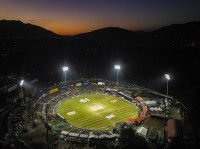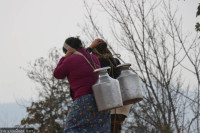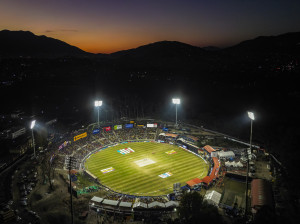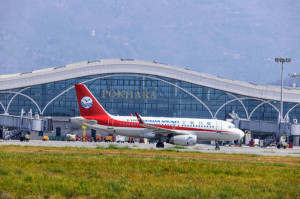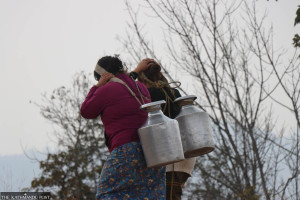Editorial
Premium water, free germs
Regular monitoring of water suppliers and stringent punishment of contaminators is a must.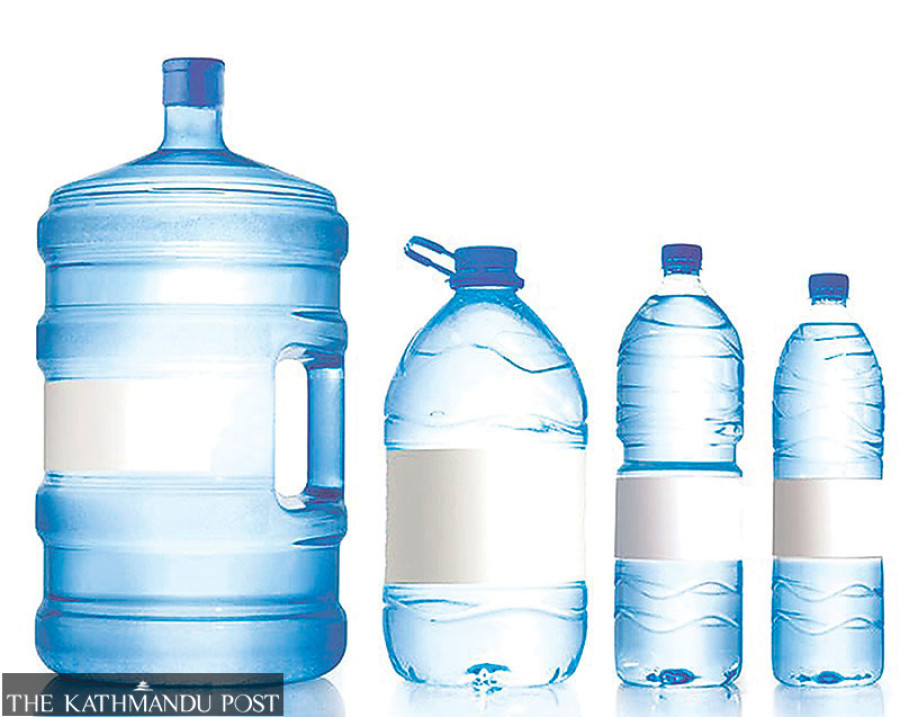
Every monsoon, the tummies of the residents of Kathmandu Valley ache and gurgle with the faecal coliform they consume while drinking jarred and bottled water. Recently, health workers of the Godawari Municipality of Lalitpur district found 60 percent samples of jar water taken from various locations in the municipality tainted with the harmful bacteria found in faeces. Just last month, health officials urged water supplier companies to offer only safe and clean drinking water after bacteria was discovered in jarred water. In 2024 alone, thousands of Kathmanduities suffered from diarrhoea, and dozens contracted cholera. Following this, the Ministry of Health and Population conducted a study, which revealed that almost 70 percent of drinking water samples in the Valley were unsafe to drink.
These recurring incidents suggest a cavalier attitude towards public health. Contaminated water invites several waterborne diseases, including cholera, typhoid, viral fever, food poisoning, diarrhoea, and increases the risk of dysentery and hepatitis A and E. Cases of viral hepatitis have already been reported at the Kanti Children’s Hospital in Kathmandu. These diseases can be fatal when untreated. Yet the government hasn’t been able to ensure quality water, even through the much-talked country-wide “One House, One Tap” campaign or the Melamchi Drinking Water Project in the federal capital. As a result, those in rural areas rely on tap and stream water to quench their thirst. Many also drink water directly from the source, which in turn results in water-borne diseases. In urban hubs like Kathmandu, people primarily rely on jar water. But due to lax monitoring, even these so-called potable water jars are found to be contaminated with dangerous pathogens.
The best way to deal with this perennial problem is through regular monitoring of water suppliers and stringent punishment of wrongdoers. Current efforts are too few and too far between. While it is true that water-borne diseases surface more often during the monsoon, it is important to constantly check for dangerous pathogens in places like Kathmandu Valley, where the level of contamination is dangerously high. The Department of Food Technology and Quality Control has a drinking water quality standard, according to which water suppliers must comply with 28 different standards before they sell water. The compliance must be routinely established.
The public must also do their bit to hold jar companies accountable. The water jars many of us use in our kitchens—dirty and damaged—do not meet health standards even at first glance. To start with, why bring home such dirty-looking jars that hide more than they reveal? Concomitantly, water supplied by tankers for washing, bathing and cleaning purposes is often filthy. But then we, as consumers, also don’t take the trouble to question them. The problem of water contamination is urgent. With the monsoon already upon us and cases of water-borne diseases shooting up, the country’s struggling health sector could soon be overwhelmed—to grave consequences. Nepalis have to compromise a lot on a daily basis, be it while navigating water-logged roads or putting up with unannounced power cuts. They should, at least, be able to consume clean water.




 8.12°C Kathmandu
8.12°C Kathmandu
